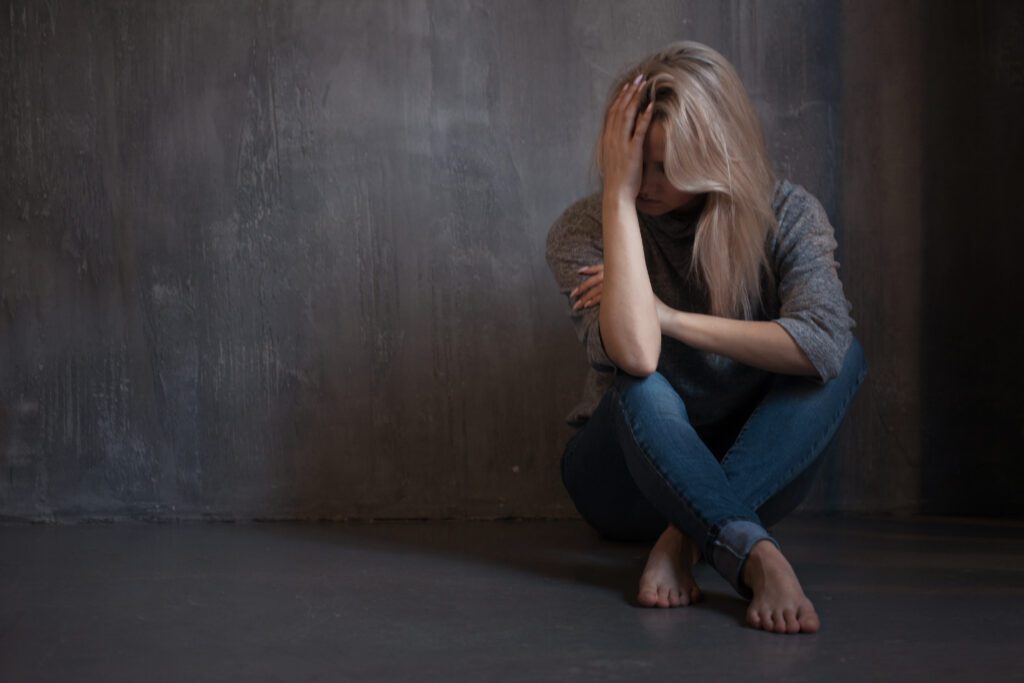What is PTSD?
PTSD (posttraumatic stress disorder) was added to the DSM (Diagnostic and Statistical Manual of Mental Disorders)in 1980 after studies were done on soldiers who experienced combat. Further research found that women who experienced traumatic events such as sexual assault or physical abuse had the same trauma responses as men in combat. Because it is fairly recent research, we are learning more about the effects of trauma on not only men and women, but on children over time. So, what is PTSD?
PTSD is defined as “a disorder that may result when an individual lives through or witnesses an event in which he or she believes that there is a threat to life or physical integrity and safety and experiences fear terror, or helplessness.” One can experience simple or uncomplicated PTSD which is only one major traumatic event, or complex PTSD which includes repeated or multiple traumatic events. A few of the symptoms may include intrusive thoughts or memories, nightmares, avoidance, and mood and behavior changes.
Statistics
Studies show that out of 61% of men that have experienced a traumatic event, 5% develop PTSD. 51% of women that have experienced a traumatic event, and 10% develop PTSD. Research has revealed that there is a significant association between suicide attempts and PTSD. 10% of those diagnosed with PTSD have attempted suicide.
PTSD and Substance Use
30%-59% of women in treatment for substance use and 11%-38% of men in treatment for substance use have current PTSD. Substance use is often overlooked when working with individuals with PTSD. Many self-medicate to numb the pain and to escape the memories.
Therapy and Interventions
CBT(Cognitive Behavior Therapy), EMDR(Eye Movement Desensitization and Reprocessing), Narrative Exposure Therapy, Brief Eclectic Therapy, and Prolonged Exposure Therapy have been used in treating PTSD. Some interventions include showing yourself compassion and cognitive reframing, mindfulness practices including grounding techniques, gratitude, and strength exploration.
If you or a loved one has been diagnosed with PTSD, remember that you are not alone and there is hope. Although there is no cure for PTSD, you can learn to manage symptoms with therapy.
Resources
American Psychological Association: https://dictionary.apa.org/posttraumatic-stress-disorder
Najavits, L. M. (2002). Seeking safety: A treatment manual for PTSD and substance abuse. Guilford Press.
Wilcox, H. C., Storr, C. L., & Breslau, N. (2009). Posttraumatic stress disorder and suicide attempts in a community sample of urban American young adults.Archives of general psychiatry,66(3), 305–311. https://doi.org/10.1001/archgenpsychiatry.2008.557

